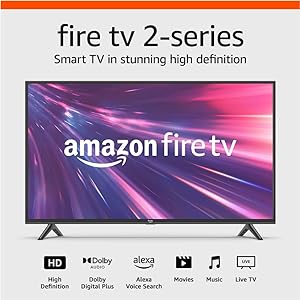The world of smart TVs is fiercely contested, with tech giants like Philips and Amazon battling for supremacy in our living rooms. This article delves into the showdown between Philips and Amazon TVs, exploring their individual strengths, features, and unique offerings. As consumers seek the perfect smart TV experience, understanding the distinctions between these two contenders becomes crucial.
Key Features Comparison
Picture Quality
Top-Rated Picture Quality Brands
Amazon and Philips are both reputable brands in the television market, each offering a range of models with varying picture quality. Amazon televisions, particularly the Amazon Fire TV models, are known for their 4K Ultra HD picture quality, providing sharp, crisp images with excellent color accuracy. The Fire TV models also incorporate HDR (High Dynamic Range) technology, which enhances the contrast and color range, resulting in more vibrant and lifelike images. However, some users have reported occasional issues with the consistency of the picture quality, particularly in terms of brightness levels. On the other hand, Philips televisions are renowned for their Ambilight technology, which extends the color of the screen onto the wall behind the TV, enhancing the viewing experience and reducing eye strain. In terms of picture quality, Philips offers 4K UHD and even 8K resolution in some models, delivering superb clarity and detail. Their televisions also feature HDR10+ and Dolby Vision, advanced HDR formats that optimize each scene for an extraordinarily lifelike visual experience. However, Philips TVs are generally more expensive than Amazon's, which may be a consideration for budget-conscious consumers. Comparatively, both brands offer high-quality visuals, but Philips' advanced technology may edge out Amazon in terms of overall picture quality.
Smart Features
Philips smart TVs often come equipped with features like Google Assistant, providing voice-activated control and integration with other smart devices. The Android TV platform ensures a user-friendly interface and access to a diverse array of apps and functionalities.
Amazon's Fire TV Edition utilizes Alexa for smart features. Users can control their TVs, search for content, and perform various tasks through voice commands. The integration of Alexa skills expands the capabilities, allowing users to control smart home devices and access a broader range of voice-activated functionalities.
Conclusion
Choosing between Philips and Amazon TVs depends on individual preferences, budget constraints, and specific needs. Philips excels in providing high-end display technologies and innovative features, making it an ideal choice for those who prioritize immersive visual experiences. Amazon, with its Fire TV Edition, offers a compelling package with a focus on affordability, a vast content ecosystem, and the convenience of Alexa for smart control. In the dynamic landscape of smart TVs, both Philips and Amazon continue to refine and expand their offerings, ensuring that consumers have a range of options to suit their unique entertainment preferences. Whether it's the cutting-edge display technologies of Philips or the content integration and smart features of Amazon, the competition between these titans remains an exciting spectacle in our living rooms.



















